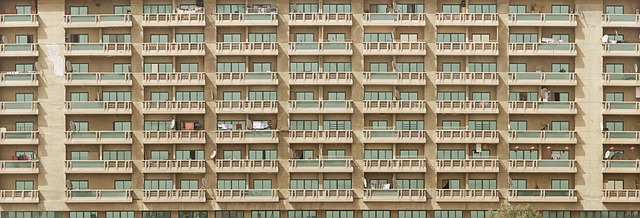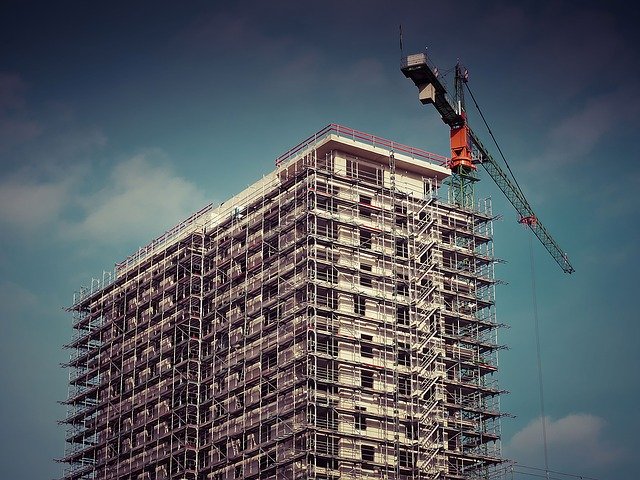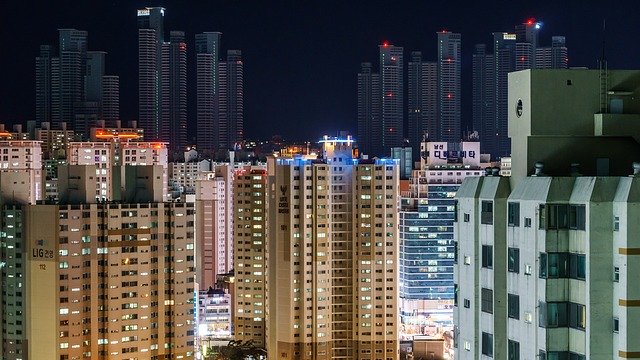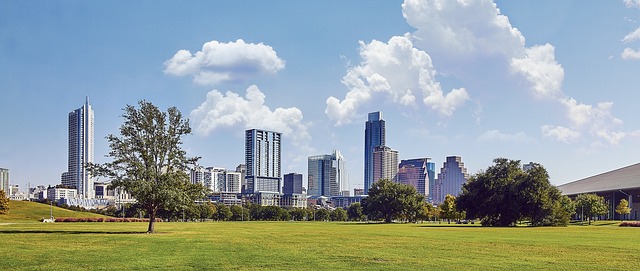The CNBC headline, from July 2017, still stuns: “There Are More Renters Than Any Time Since 1965.”
The piece, which cited a Pew Research Center report, goes on to note that in 2016, 36.6 percent of U.S. households were headed by renters, the most since 37 percent did so in 1965. The other bullet point is that while there were 7.6 million more American households in ‘16 than there had been a decade earlier, the number of those being rented rose by 10 percent.
Nor does it appear that that trend is about to change any time soon. The Washington Post reported in May of this year that while renting was once viewed as a first step on the path to home ownership, it is now seen as an end unto itself, especially among Baby Boomers and Millennials.
All of this news represents opportunity for those who invest in multifamily properties, in the Chicago area and elsewhere. Such real estate has always been viewed as fertile ground for investors, but now, clearly, that is truer than ever.
The rental boom, CNBC reported, has largely been the result of ever-rising real estate prices and crushing student debut. The Post added that those who have fully embraced renting have done so out of a desire for mobility, convenience and community.
“There’s no question that apartment living keeps getting better,” Stephanie L. Williams, president of Bozzuto Management Company, told the Post.
While current demand is nearly unprecedented, renting has always held a certain appeal, as multifamily investors have been quick to note. One report, in fact, called an investment strategy rooted in such properties as being as prudent as any, noting the consistent cash flow, the ease of dealing with multiple properties under one roof (as opposed to those in multiple locations) and the tax advantages.
There are indications that the Chicago area might not experience as great a spike in rentals as other parts of the country, not the least of which is the fact that the Windy City was the only major U.S. metropolitan area to lose population in 2016. That, coupled with job growth below the national average, could lead to higher vacancy rates.
In addition, there has been stagnation in the construction space. Some 12,000 apartments were under construction as of late 2017, and scheduled for completion between the end of that year and the end of ‘19.
On the other hand, there is Chicago’s affordability. It is just the 14th-most expensive U.S. city in which to rent, according to a national report, with one-bedroom apartments dropping 5.2 percent in price from 2017 to 2018, and two-bedroom apartments falling 4.8 percent.
Then too there is the fact that the area has become a magnet for corporate investment, and where businesses go, Millennial workers are sure to follow. That results in a need for housing, and one report noted that 43 percent of the Cook County mortgages granted in 2017 went to those 35 and younger.
Whatever volatility might be felt in the multifamily market within Chicago’s city limits, that is not expected to extend to the suburbs, where smaller buildings are the norm. There, the rents are up and the vacancy rates low. Clarendon Hills, Buffalo Grove and Naperville are regarded as especially appealing places to live outside Chicago.
And nationwide, rentals are expected to remain hot commodities — as hot as ever, in fact.





